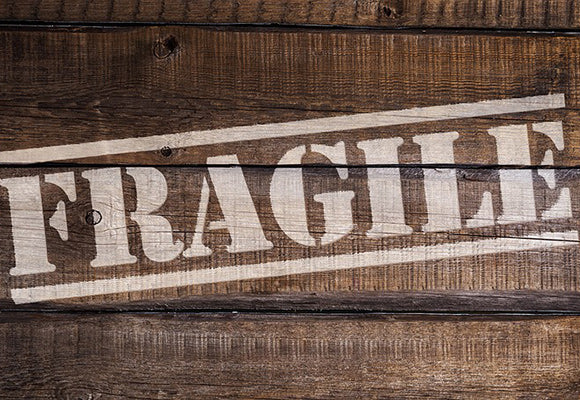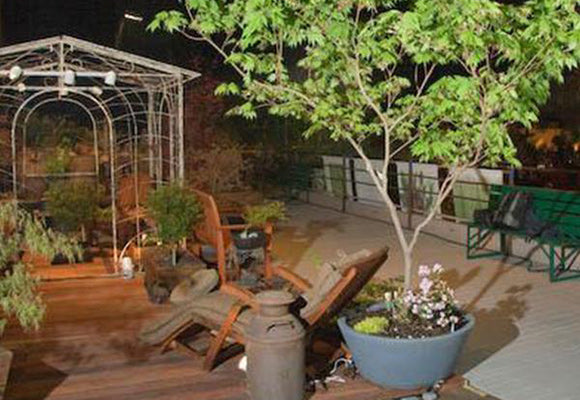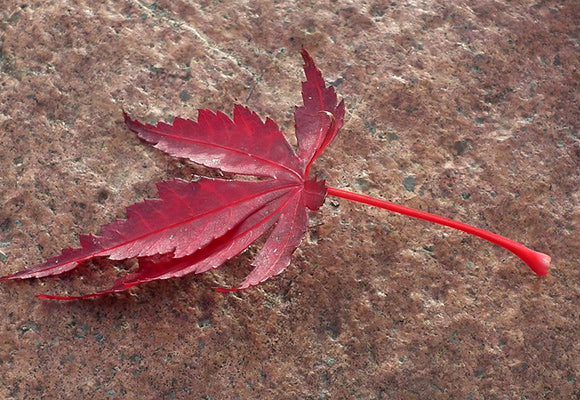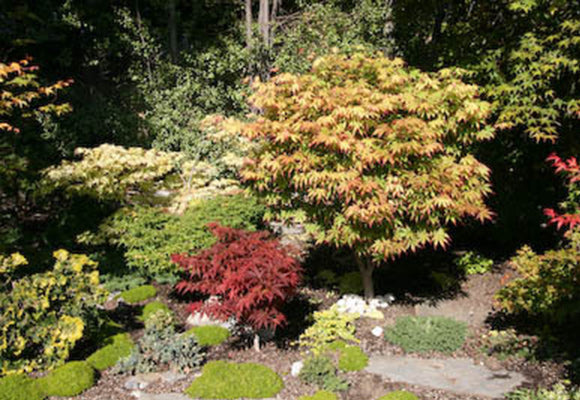How We Ship

A chart of our shipping charges
Shipping plants is all about timing. It is a challenge to coordinate the growth cycles of the trees with the climate where they are grown, and the climate where they are being shipped.
Fall shipping begins in mid-September, after the heat of summer has passed. A minimum of 6 weeks frost free weather where the tree is being shipped is needed to establish the roots for fall planting. We recommend fall shipment for milder climates to take advantage of root growth prior to dormancy. All of California, the coastal Northwest, the Southwest (except high mountain areas) and the Southeastern United States do best with fall shipment.
Shipments begin in February to the Southern States, the hottest areas of the country. This allows the trees to emerge from dormancy on schedule and benefit from spring root growth prior to the stress of summer heat. The colder northern climates begin receiving trees after the last frost date to avoid damage from early emergence.
Plants are pulled from regular inventory as they are purchased and flagged “sold” with your name and ship date so you recieve the best selection regardless of your ship date. On the Friday prior to your ship date we begin preparation for shipment with watering and inspection. On Sunday the trees are depotted, excess soil is removed from the roots and the rootball is enclosed in a plastic bag with moist peat moss to provide water during travel time. Plants are shipped on Monday and Tuesday to ensure arrival prior to the weekend. We use both USPS Priority Mail and UPS ground to California, Oregon, Nevada and Washington and either USPS Priority or UPS 3-Day Select service to all other states. These services provide arrival within 3 days and allow us to track the packages. Because the sizes vary, predetermining shipping charges on older and specimen trees is not possible. You will charged for handling when the order is placed and the actual cost of shipping will be charged to your credit card after shipment. We will email a separate receipt for this charge.
These shipping schedules and methods have been developed from the experience of several generations of mail order garden nurseries and our knowledge of the growth habits of the trees. We do recognize there are unique microclimates and some gardeners have greenhouses to provide protection and spring sometimes comes early (or late!). Please call us for special ship date requests. We need to hear from you before or by the Friday prior to your ship date to change shipping arrangements. We are happy to accommodate you.
Plants should be delivered to a location out of the sun. Please open your box as soon as possible and let us know if there are any problems with your order. We seldom have damage during shipment or errors during fulfillment however if there is a problem we want to resolve it right away. Trees can be held in a cool dark place for up to 3 days after arrival until planting. We will include planting directions with your tree or you can download from our website to prepare before arrival.
Also in Essence Of The Tree Articles

Planting Directions for Containers

Planting and Cultural Information for Japanese Maples



Patricia Smyth
Author